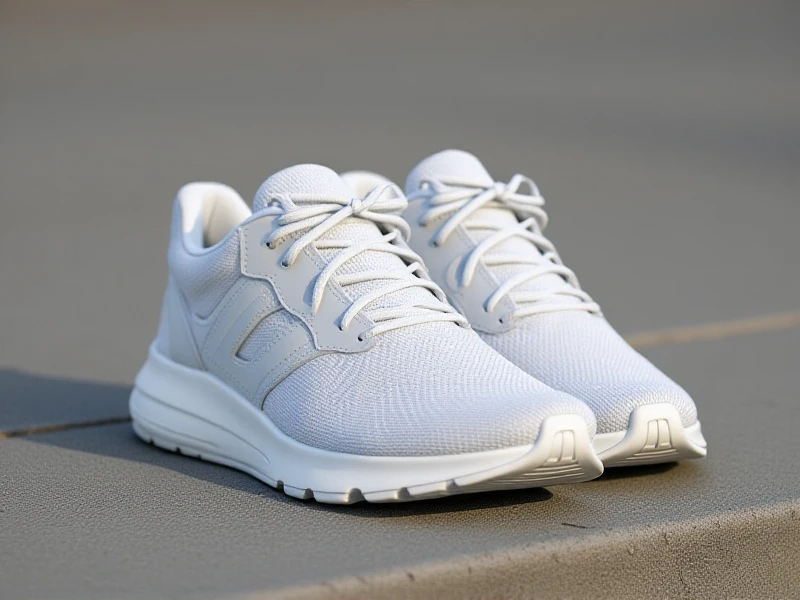
Find Your Perfect Fit: Top Tips for Choosing Running Shoes
Every stride matters, and the foundation of a great run starts from the ground up. Choosing the right running shoes isn't just about comfort; it's crucial for performance enhancement, injury prevention, and longevity in the sport. With countless options flooding the market, finding your ideal pair can feel overwhelming. Let's break down the key factors to guide your decision.
Understanding Different Running Shoe Types
Not all running shoes are created equal. Your needs depend heavily on your running style, gait, foot shape, and typical terrain:
- Neutral Shoes: Designed for runners with efficient biomechanics (normal pronation), offering balanced cushioning and flexibility. Ideal for high-mileage runners on roads or tracks.
- Stability Shoes: Provide structured support on the medial (inner) side to help control mild to moderate overpronation (foot rolling inward excessively). A good choice for flatter feet.
- Motion Control Shoes: Offer maximum support and rigidity for severe overpronators, often with wider bases for added stability. Best for heavier runners or those with significant biomechanical needs.
- Trail Running Shoes: Feature aggressive lugs for superior grip on mud, rocks, and trails, along with enhanced protection from debris and toe guards. They often have stiffer soles than road counterparts.
- Racing Flats / Performance Shoes: Prioritize lightweight responsiveness and speed. They sacrifice some cushioning and durability for quicker turnover, ideal for race day or interval sessions.
Key Considerations When Shopping
- Foot Strike and Gait Analysis: Determining if you pronate (how your foot rolls inward on landing) is vital. Visit a specialty running shoes store for expert analysis.
- Proper Sizing & Fit: Your feet swell while running. Aim for about a thumbnail's width of space beyond your longest toe. Ensure a snug heel without slippage and ample width, especially crucial for wider feet.
- Cushioning vs. Responsiveness: Desire plush comfort for long distances? Opt for maximal cushioning. Seeking a snappy feel for speed? Look firmer, responsive midsoles.
- Drop (Heel-to-Toe Offset): This measures the height difference between heel and forefoot. Higher drops (8-12mm) are common for stability and cushioning. Lower drops (0-6mm) promote a more natural foot strike but require adaptation. Choose what feels comfortable and suits your mechanics.
- Durability & Mileage: Most running shoes last 300-500 miles. Rotate between 2 pairs to extend life and let midsole materials recover. Don’t focus solely on price; investing in durable running shoes saves money long-term by preventing injuries.
Don't Forget the Test Run!
Never buy blindly. Wear your running socks and try shoes in-store later in the day when feet swell. If possible, jog around for a minute – a static feel differs vastly from a dynamic one. Pay attention to immediate pressure points or instability. Technology like engineered mesh uppers and advanced midsoles offers incredible comfort, but nothing replaces real-world feel.
Ultimately, the best running shoes feel like an extension of your feet, empowering your run. Prioritize fit and function over fleeting trends. Take the time to research and test options. Making an informed choice means smoother miles, faster times, and a much happier running journey. Your feet (and knees!) will thank you. Ready for lacing up? Your perfect pair awaits.